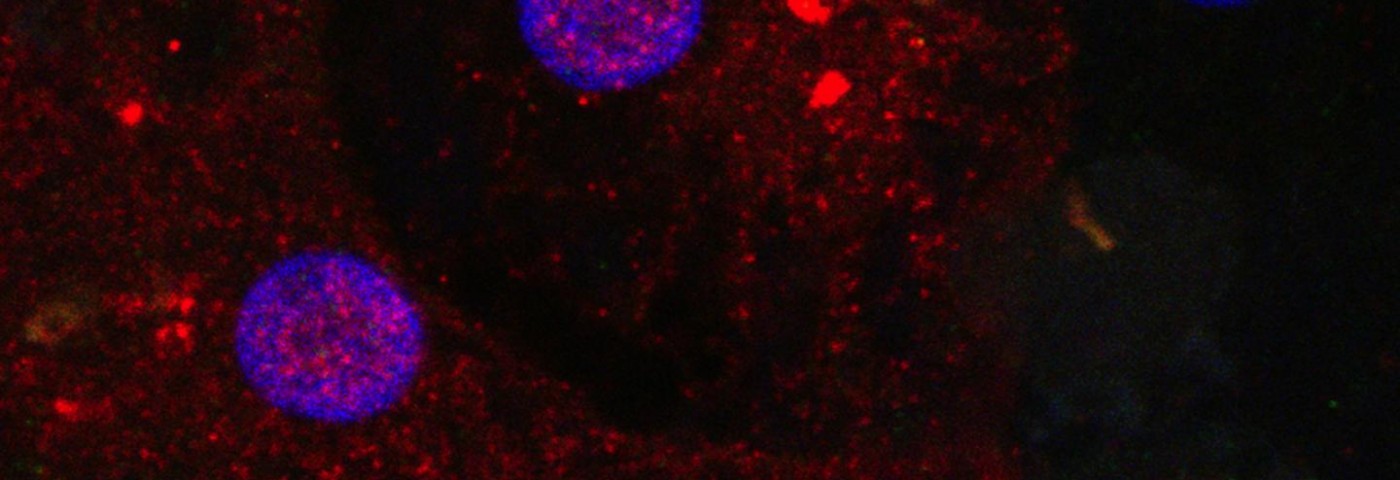Researchers at the Faculty of Medicine at the University of Geneva have discovered the molecular and biological mechanism behind the hepatitis B virus (HBV) infection of human cells and how it evades cellular immunity defenses, identifying a specific protein that allows the virus to continue to replicate.
These findings could lead to the development of new therapeutic treatments for hepatitis B and other viruses. The research paper, “Hepatitis B virus X protein identifies the Smc5/6 complex as a host restriction factor,” was published in the journal Nature.
“Understanding this mechanism provides new therapeutic possibilities. Research continues to apply this fundamental discovery to the development of innovative drugs that could inhibit the X protein,” Simon Fletcher of Gilead Sciences, Foster City, California, said in a news release. Gilead Sciences and the University of Lyon in France collaborated with the University of Geneva in the study.
Hepatitis B is a viral infection that attacks the liver, leading to acute or chronic disease. Chronic hepatitis B virus infection is a leading cause of cirrhosis and liver cancer, constituting a major public health problem. According to the World Health Organization, an estimated 240 million people are chronically infected with the virus and about 780,000 people die every year due to complications from the disease. Despite antiviral drugs, most patients are not cured of hepatitis B infection and the virus returns after the treatment ends.
Researchers know that during viral infection, the circular genome of hepatitis B finds its way to the cell nucleus, where it remains. Not much was known about how human cells respond to HBV infection and if or which restriction factors — defense proteins produced to counteract the viral infection — are involved.
Following hepatitis B viral infection, a host protein complex (Smc5/6) recognizes the HBV genome and acts as a restriction factor to halt viral replication in order to eradicate the virus, researchers found.
However, scientists also discovered how the virus adapts and evades this defense mechanism: It produces the small X protein, which targets the restriction factor for destruction, bringing Smc5/6 to a part of the cell where it is destroyed. Without the presence of this restriction factor, the virus replicates and new viral particles are able to invade neighboring cells.
Now researchers want to know if Smc5/6 can target other viruses, such as herpes or the human papillomavirus, which also have circular genomes that are independent from the cell chromosomes. If so, these findings could be a first step for the development of a new therapeutic strategy not only for HBV but other diseases, as well.
Image Credit: Gilead Sciences Inc.

